Colonial Revival Architecture: Quintessential American Homes Inspired by Our Patriotic Past
This throwback building style re-introduced Americans to the architectural designs and lifestyles of the Founding Fathers. And we have a series of surprisingly rich examples of Colonial Revival buildings right here in Brooklyn.

Trends always start somewhere, and in the mid-19th century, the best way to start a trend that would encompass the entire country was to introduce it at a huge celebration or fair. Before the 1893 World’s Columbia Exhibition in Chicago reintroduced the classic designs of Greece and Rome, the 1876 Centennial Exhibition revived the architectural designs and lifestyles of the Founding Fathers.
In more recent years, even movie stars like Michelle Williams have fallen in love with Brooklyn’s Colonial Revival homes.
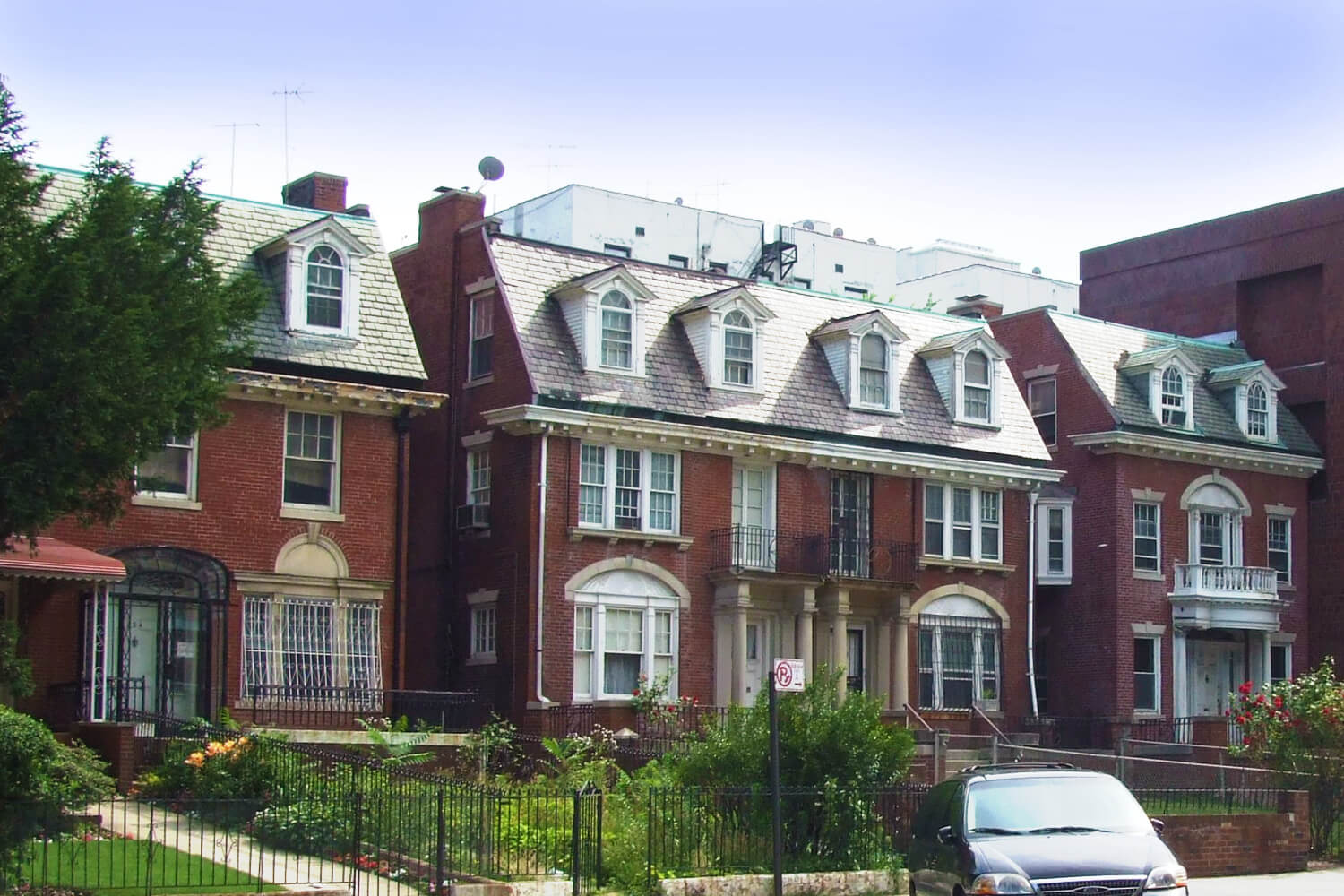
The remarkable rise of Colonial Revival architecture
America was 100 years old and, in celebration, much attention was suddenly given to the homes and way of living in those periods we call Colonial and Federal. For lovers of history and architecture, this was a good thing. People began noticing that more and more of America’s architectural past was being lost to the eternal American penchant for something new.
Many of our earliest buildings in the countryside, towns and cities were disappearing, either being torn down for newer buildings, or allowed to decay from abandonment and disuse. Because of this new interest in our patriotic past, buildings were saved, a valuable sentiment in an age of rampant growth.
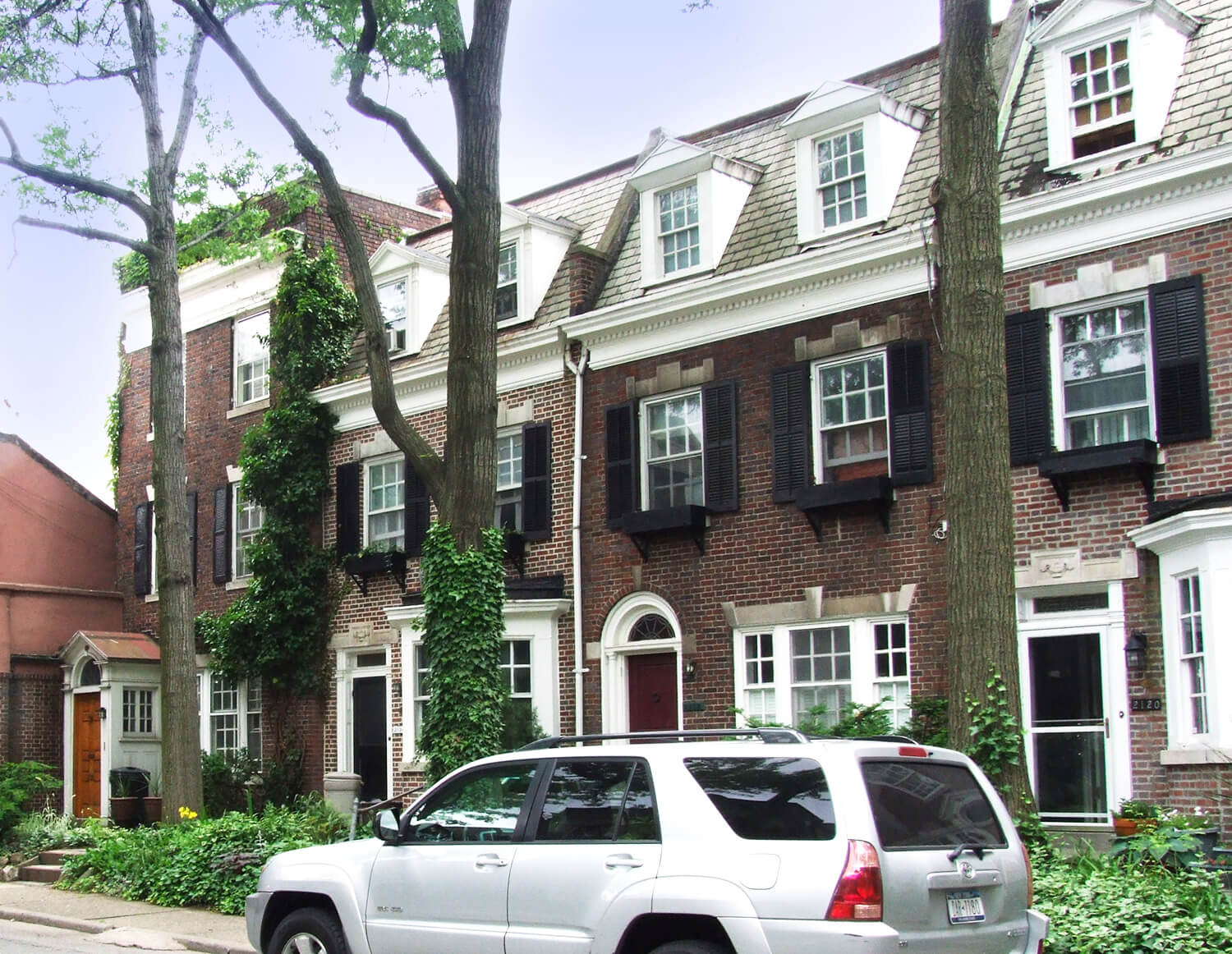
Inspired by America’s past, Colonial Revival grew out of Queen Anne architecture
The well-known New York architect Charles McKim, along with colleagues Mead, White and Bigelow, set out to conduct a seminal survey of important Colonial houses in New England in 1877. From their sketches and photographs came the ideas for what we now call the Shingle Style, a subset of Queen Anne design that incorporates New England motifs: shingled walls and roofs, steep rooflines, Palladian windows, and other Colonial ornament.
But by the 1890s and early 1900s, America was looking for alternatives to the very ornate and fussy Queen Anne Victorians, and the simple houses of the Colonial period fit the bill. More than the Classical monuments of the Beaux Arts and Renaissance Revival movements, which were fussy in their own way, the clean lines and simple shapes of the Colonial period resonated with an America that was becoming more patriotic, in response, some say, to the waves of immigrants pouring into our cities.
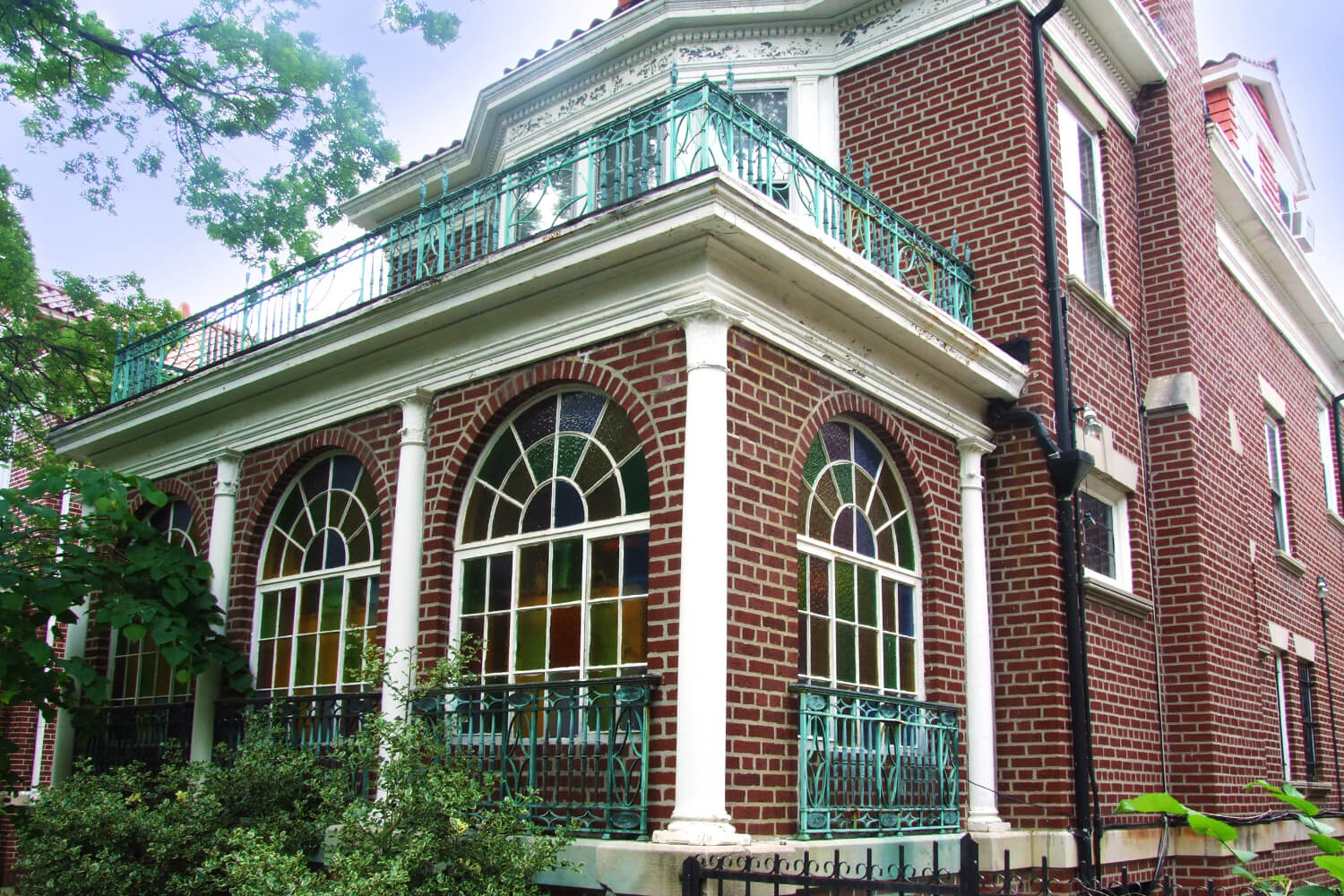
Colonial Revival style is characterized by clapboard, columns and fanlights
In our town and suburbs, Colonial Revival houses were springing up everywhere. They copied simple Georgian-style houses with a center doorway, often with columns, maybe fanlights, symmetrical windows, often shutters, and dormers. The houses were built in clapboard-clad wood frames, as well as brick.
Another popular Colonial Revival style was the Dutch Colonial, with a gambrel roof. Other variations included the Cape Cod Colonial, the Saltbox and, in the South and West, the Spanish Colonial.
From 1900 to the 1950s, the Colonial Revival house was the most popular home built in the United States. It’s so iconic — they are everywhere. There was a brief interlude when the Craftsman home and the Foursquare, itself a morphing of the Colonial and the Craftsman, were equally popular, depending on location, but the Colonials soon gained their popularity back and held it well into the 20th century.
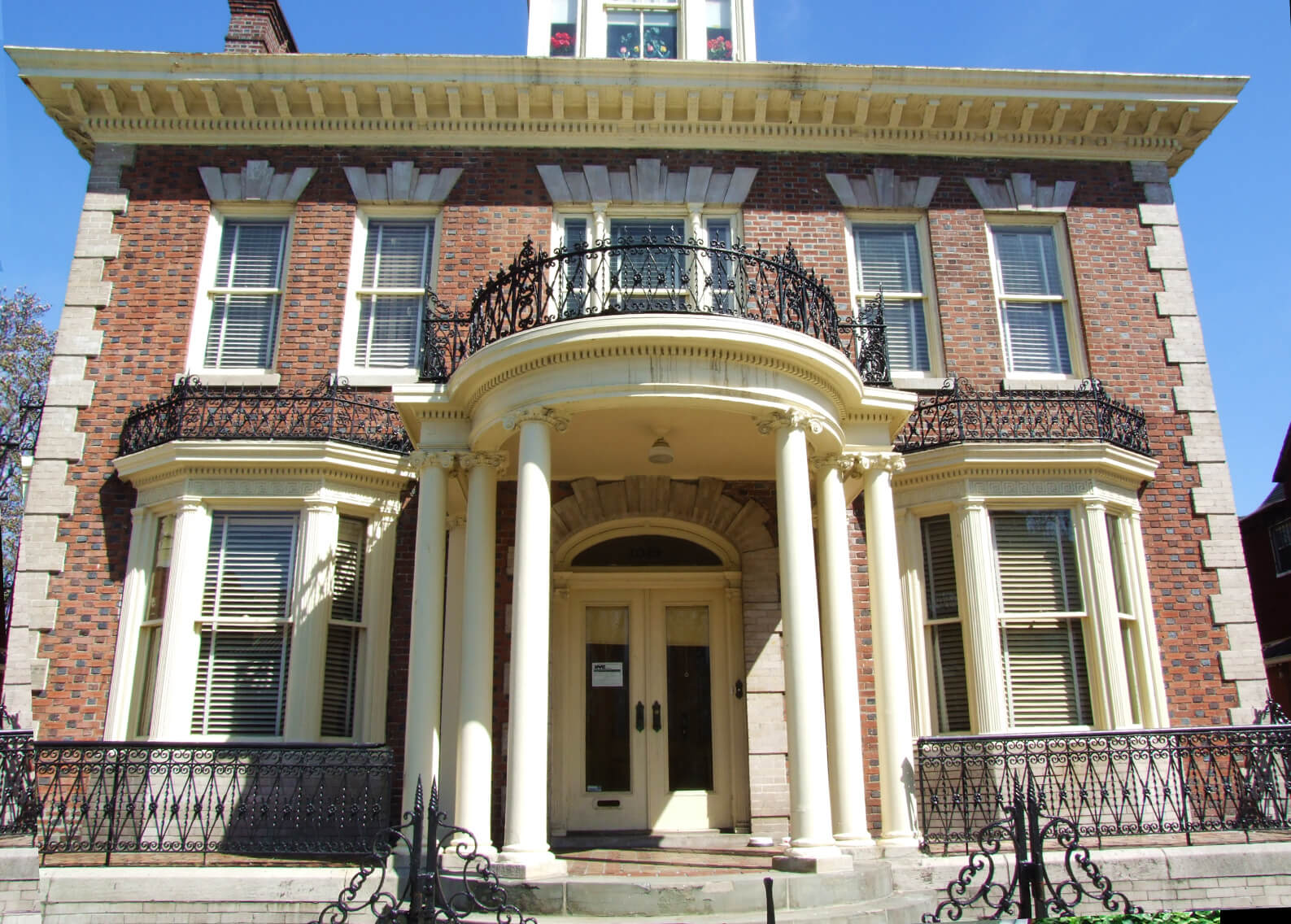
Colonial Revival architecture in Brooklyn
Here in Brooklyn, especially Brownstone Brooklyn, we have our versions of Colonial Revival homes. One architectural firm in particular excelled in building them. Slee and Bryson homes can be found in Park Slope, Clinton Hill, Prospect Lefferts Gardens, Crown Heights North and South, and Victorian Flatbush. There are apartment buildings by them in Park Slope, Prospect Heights and Brooklyn Heights as well.
John Slee and Robert Bryson founded their firm in 1905, and mostly designed in Brooklyn, building some of the finest Colonial Revival and Neo-Tudor houses in the borough. Their finest examples are the Albermarle-Kenmore Terrace Historic District, in Flatbush, as well as 828-838 St. Marks Avenue in Crown Heights North, 1329-1337 Carroll Street in Crown Heights South, and in Midwood I in Lefferts Manor. In all of those examples, which are all quite different, while still being in the same style, the design elements that characterize the style are apparent.
Michelle Williams’ home on Albemarle Road is one of Brooklyn’s grandest Colonial Revival mansions.
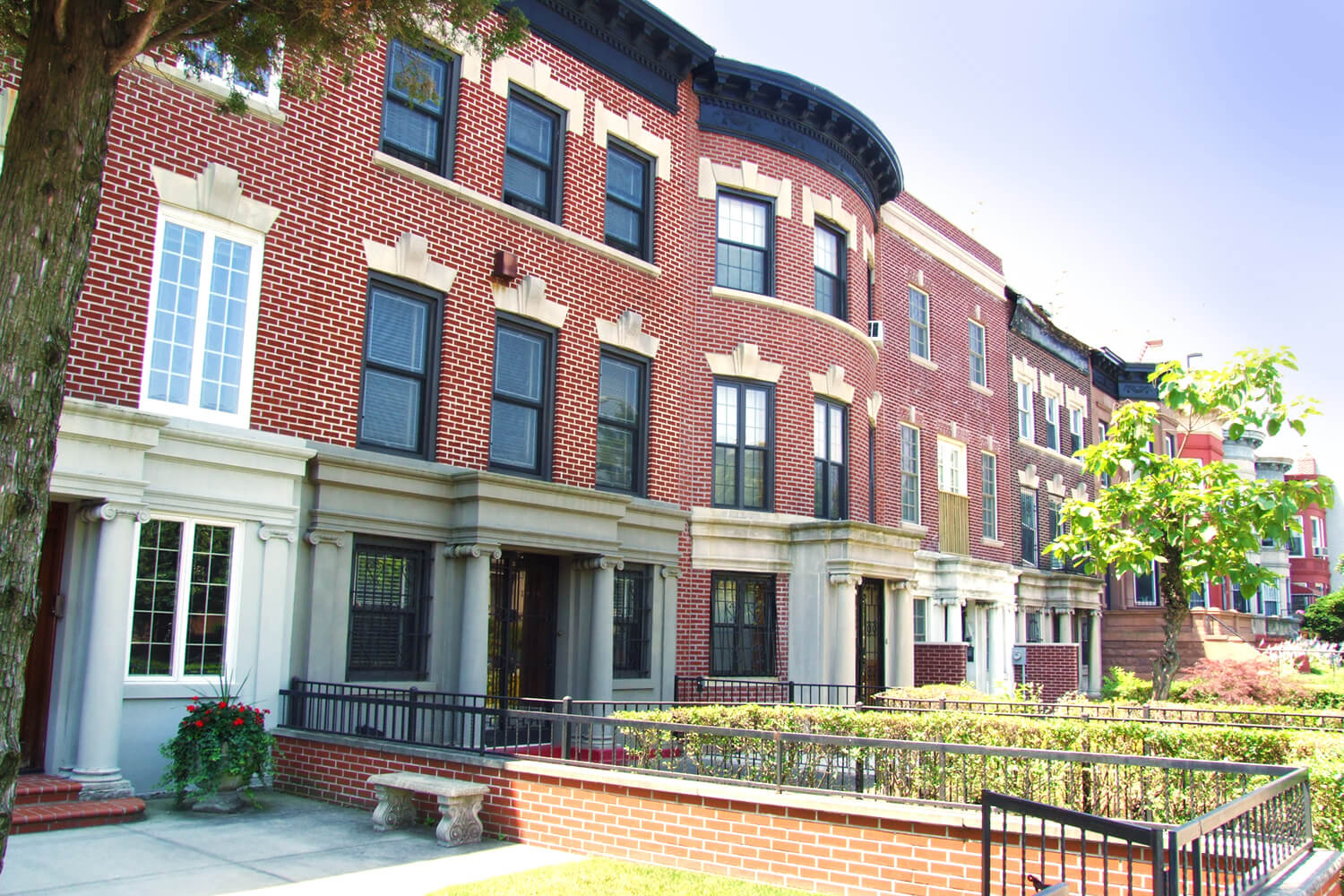
Colonial goes crazy
When all things Colonial became very popular, of course people took it to the extreme. Many well-heeled people in the early 1900s took to decorating with spinning wheels prominently placed next to fireplaces, and other anachronistic antiques proudly displayed.
Colonial style still evokes visions of bad decorating well into the 1950s and ’60s, with plaid couches, wagon wheel furniture and lighting, faux lanterns and pewter flagons displayed, perhaps near a fake flintlock rifle on the mantlepiece.
All in all, though, the style endures. Most of these houses, in cities, towns and suburbs, were well built, with wood burning fireplaces, hardwood floors, and all of the modern conveniences of the day. We’ve probably all been in a Colonial Revival at one point in our lives, and maybe even grew up in one. They may be the quintessential American houses.
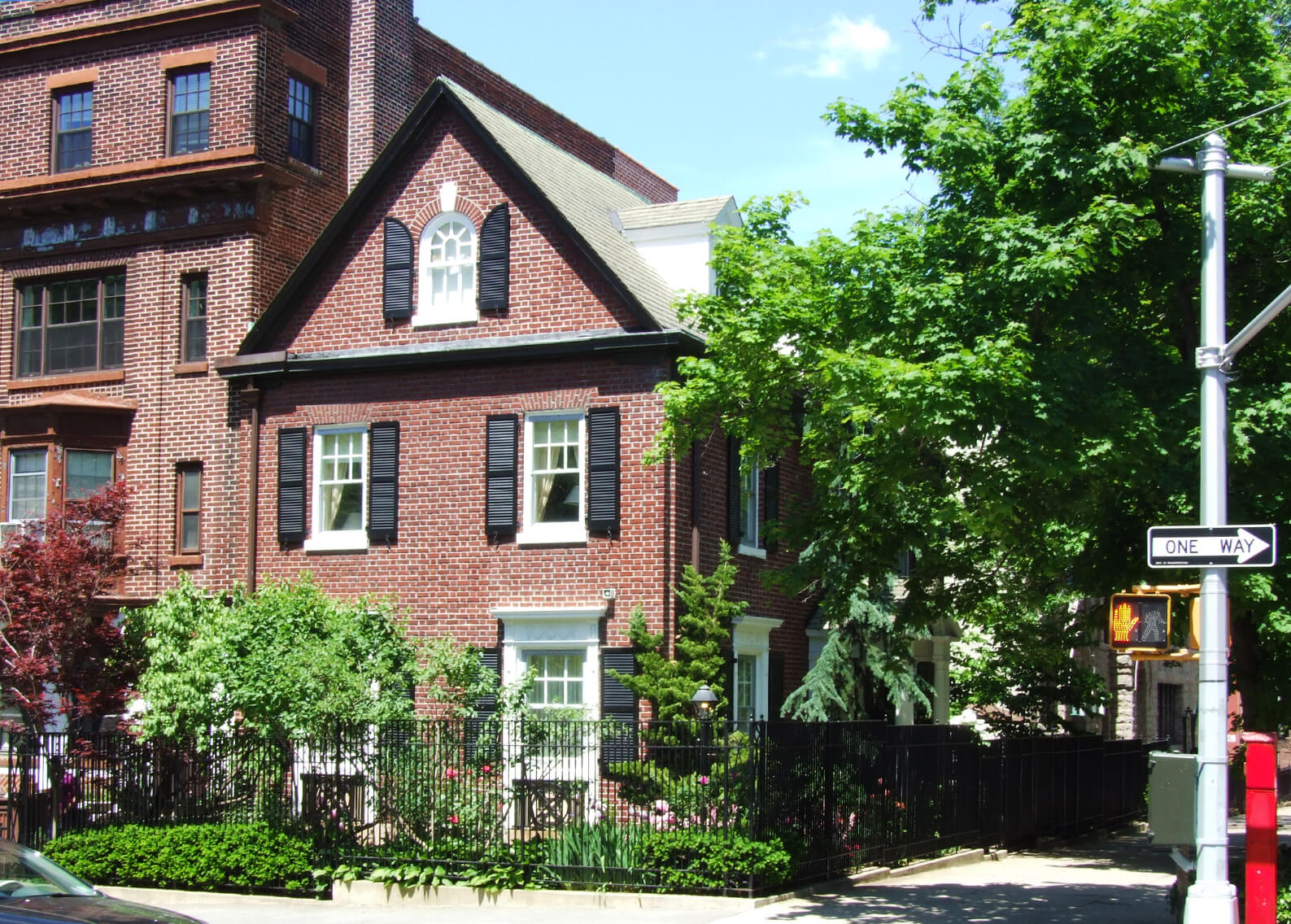
Editor’s note: This post is an update of one that originally ran in 2010. Read it here.
Related Stories
Beaux-Arts Architecture: This European Style Classed Up Brooklyn’s Gilded Age
Queen Anne Style: America’s Flamboyant Architectural Melting Pot
Feast Your Eyes on the Luxurious Beauty of Aesthetic Movement Design
Email tips@brownstoner.com with further comments, questions or tips. Follow Brownstoner on Twitter and Instagram, and like us on Facebook.

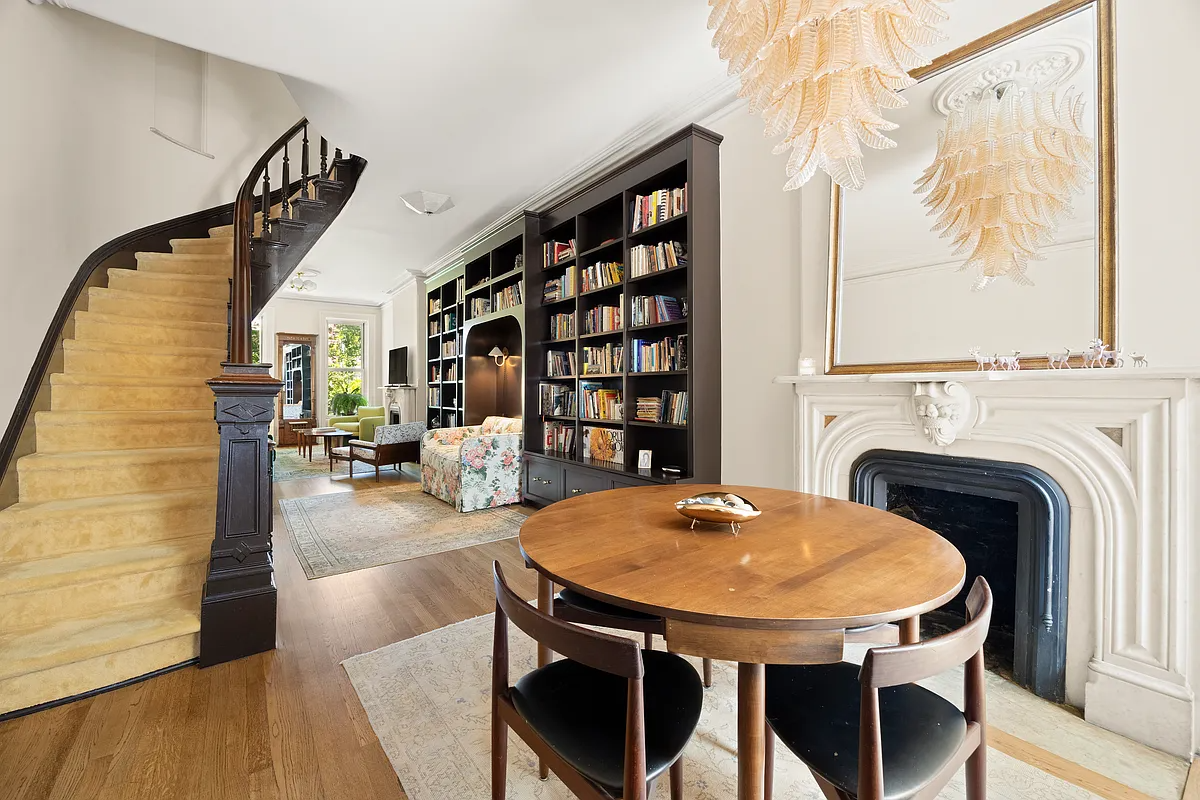
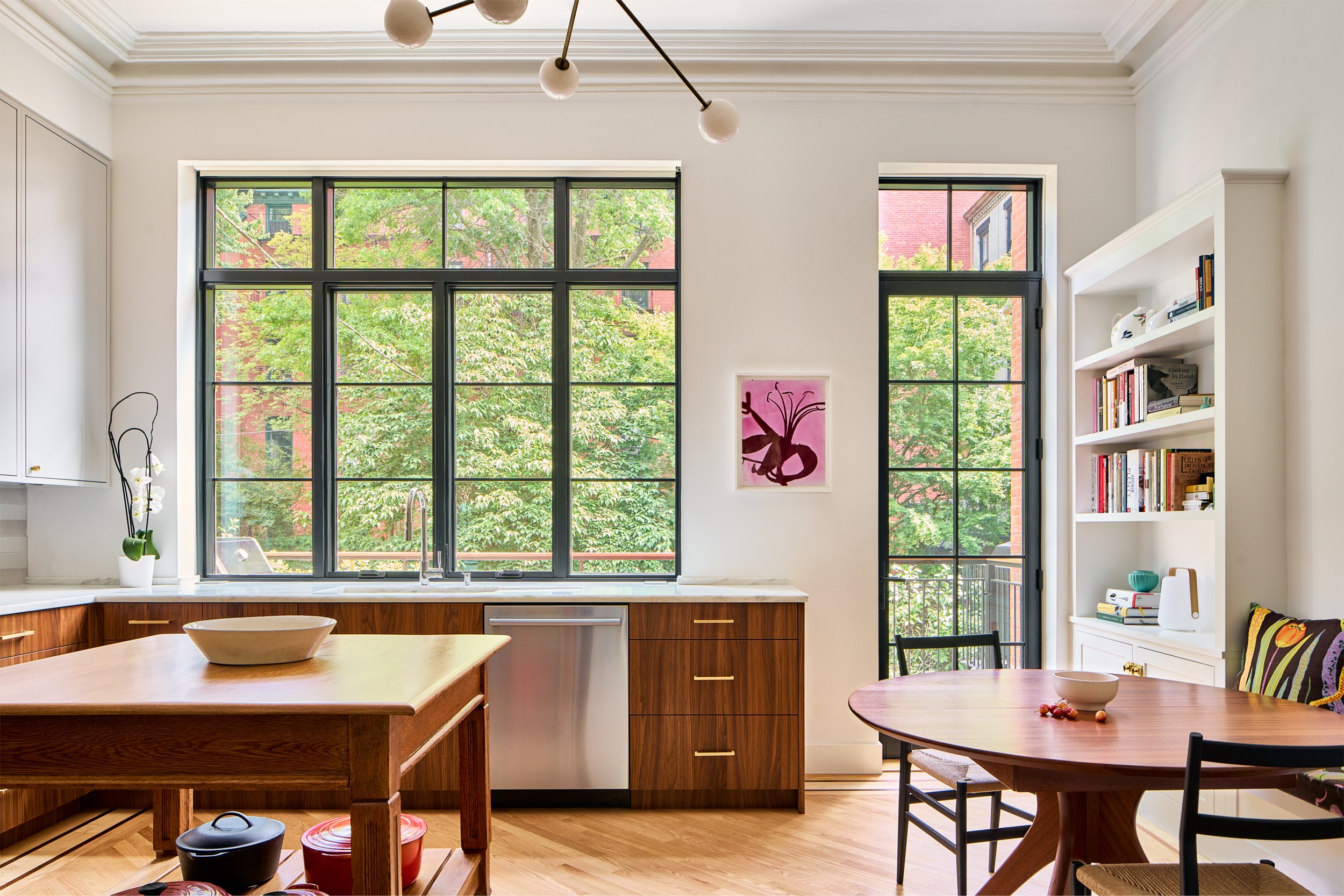
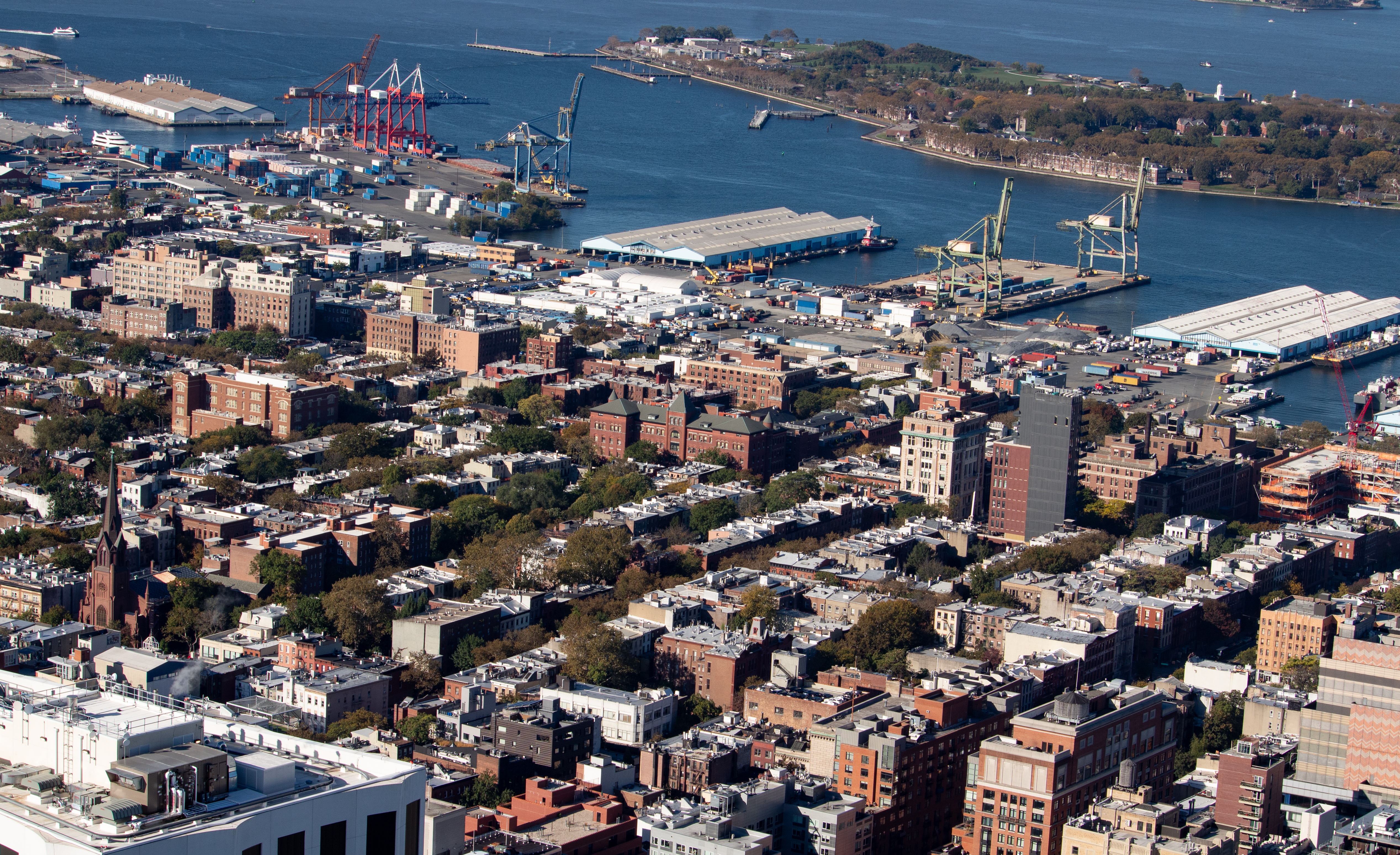
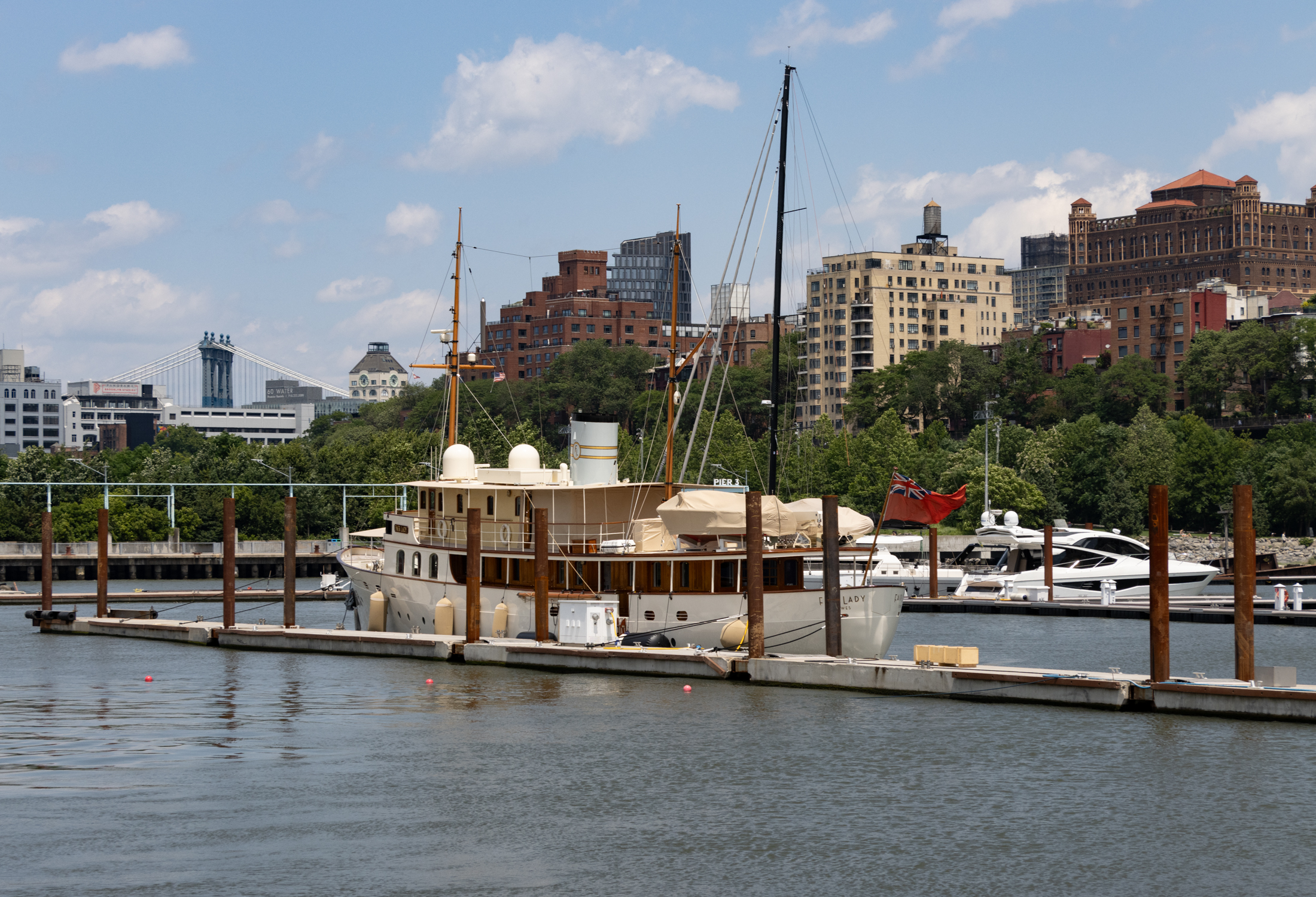
What's Your Take? Leave a Comment